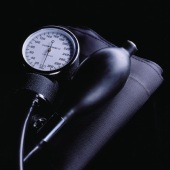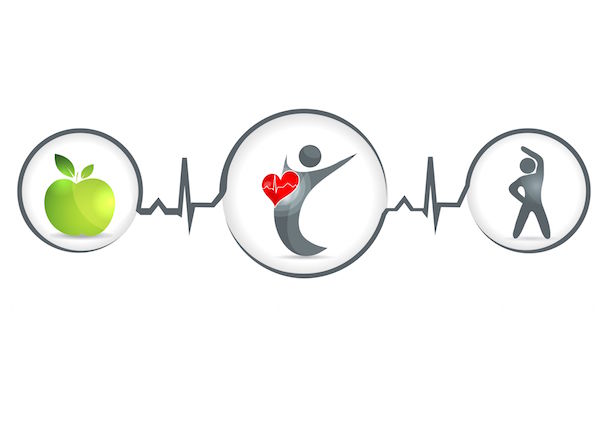
TUESDAY, April 5 (HealthDay News) — For people with hard-to-control blood pressure, a new implantable device shows promise, researchers report.
The device, surgically placed just below the collarbone, sends a four- to six-volt electrical jolt to the carotid arteries. This is said to lower blood pressure through a process known as baroreflex activation therapy.
The researchers were scheduled to present their findings Tuesday at the annual meeting of the American College of Cardiology in New Orleans.
“People with resistant hypertension — high blood pressure that doesn’t respond to multi-drug therapy and lifestyle changes — are a growing group, and they’re in desperate need of additional treatments,” study lead author Dr. John D. Bisognano, professor of medicine in the cardiology division of the University of Rochester, said in a meeting news release.
“This system is safe, and its effect is as good as two or three drugs for people who are already taking five or six drugs and still can’t control their hypertension,” said Bisognano, who is also a consultant for CVRx, Inc., the device’s maker, which funded the study.
The pulses generated by the device trick the body into thinking that blood pressure has spiked. In response, the body sends out regulators that cause blood pressure to fall, the researchers explain in the news release.
For this phase 3 study (typically conducted before submitting a device for approval by the U.S. Food and Drug Administration), the device was implanted in 265 patients with high blood pressure (readings over 160/80 mmHg) recruited from centers in the United States and Europe. All of the patients had been taking three or more blood pressure medications, including a diuretic, but their hypertension remained uncontrolled.
Blood pressure readings higher than 140/90 mmHg increase the risk of heart and kidney disease, stroke and death, experts note.
The patients were randomly assigned to one of two groups, with both groups taking about the same number of medications. One group received the baroreflex activation therapy device with activation for the full 12 months. In the other group, the device was programmed to start operating at six months.
The goal for systolic blood pressure (the top number in a blood pressure reading) was under 140 mmHg. At monthly visits, if a patient’s target was not met, the voltage was upped to further lower blood pressure.
Systolic blood pressure dropped in both groups, the researchers reported. Forty-one percent of patients with the device achieved target levels after six months, and more than half (54 percent) met the goal after the 12-month mark.
The researchers were also surprised by a placebo effect noted in the other group: about one-fifth of people who weren’t getting shocks still met their target for lowered blood pressure during the first six months, or control phase, while 46 percent achieved the target by the end of the study.
Overall, “reductions in [systolic blood pressure] at 12 months were at least 50 percent of those seen at six months, demonstrating a sustained response,” the researchers wrote.
In both time periods, both groups saw their diastolic blood pressure (the lower number in a reading) drop as well.
At the end of the study, “there was an 88 percent responder rate, a 35 mmHg blood pressure drop and a decrease in left ventricular mass,” the researchers wrote, explaining that chronic hypertension enlarges the heart’s left ventricle.
“The data showed that the therapy significantly reduced blood pressure in patients with resistant hypertension,” they said.
Cardiologists not involved in the study did offer some caveats, however.
Dr. Nieca Goldberg, director of the women’s heart program at NYU Langone Medical Center in New York City, called the treatment “a novel approach” for people unable to tolerate or benefit from high blood pressure drugs.
However, “this is more invasive than traditional ways to treat hypertension, and there were only 265 participants in the study,” she noted. “More research is necessary to see if there are gender differences in treatment and if the benefit is there for a whole range of people.”
And although the device may effectively reduce blood pressure, the surgery is risky, said Dr. Barry J. Materson, a professor of medicine at the University of Miami Miller School of Medicine.
“In a study published in 2010, there were a number of serious adverse effects related to the surgery and the implanted device and wires,” he said, but “no adverse effects are discussed in the present abstract.”
Also, the study fails to address the costs associated with the device, Materson said. “This needs to be weighed against the long-term cost of the medications,” he added.
Experts note that research presented at meetings is considered preliminary until published in a peer-reviewed journal.
More information
For more about high blood pressure, visit the U.S. National Library of Medicine.

